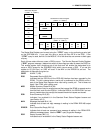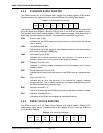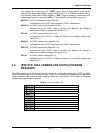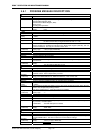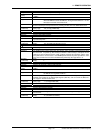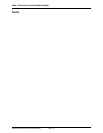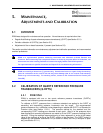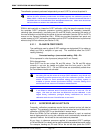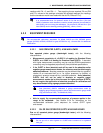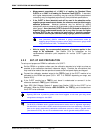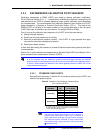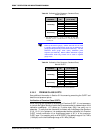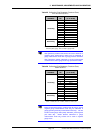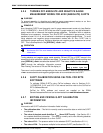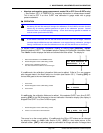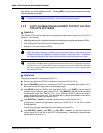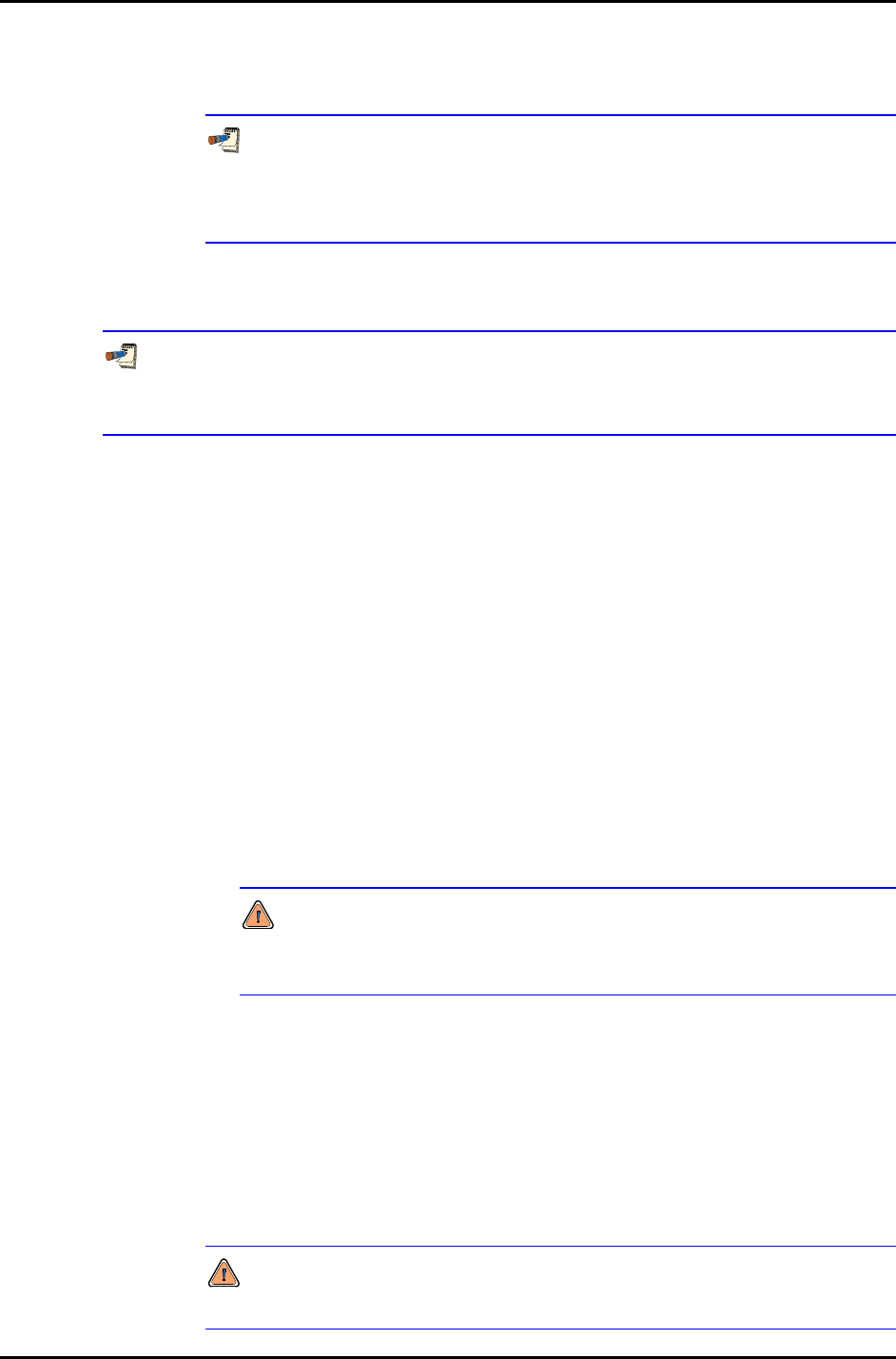
5. MAINTENANCE, ADJUSTMENTS AND CALIBRATIONS
Page 117 © 2004-2007 DH Instruments, a Fluke Company
readings with PA = 0 and PM = 1. Then applying the as received PA and PM
and P
offset
values to the readings calculates as received readings (the readings
that the transducer would have made with the old PA, PM and P
offset
).
It is recommended that “as received” values of PA, PM and P
offset
(for Axxx
Q-RPTs if absolute mode AutoZero is used in normal operation) be recorded for
each Q-RPT prior to running the calibration. The current PA, PM and P
offset
(for
Axxx Q-RPTs) can be viewed by pressing [SPECIAL], <8cal>, <1view>.
5.2.2 EQUIPMENT REQUIRED
The recommended calibration standards for RPM4 Q-RPTs are DHI PG7000 piston
gauges (PG7102, PG7202, PG7601 for gas; PG7302 for oil). Contact DHI for additional
information.
5.2.2.1 GAS OPERATED Q-RPTS, A10M AND LOWER
Gas operated piston gauge (deadweight tester), with the following
characteristics:
• Measurement uncertainty of ± 0.0025 % of reading for Standard Class
Q-RPTs or ± 0.002 % of reading for Premium Class Q-RPTs. A standard
with higher measurement uncertainty may be used but RPM4 measurement
uncertainty may be degraded proportionally from published specifications.
• If the Q-RPT is Axxx (absolute) and will be used in the absolute and/or
negative gauge measurement modes, the reference must be able to apply
absolute pressures: Absolute pressures may be defined either by operation
relative to an evacuated bell jar or, for higher pressures, by addition of
atmospheric pressure measured by a suitable barometer. Axxx (absolute)
Q-RPTs that will not be used in absolute or negative gauge
measurement modes (as is often the case for higher pressure Q-RPTs)
do not require the application of absolute pressure for calibration and
may be calibrated using a gauge pressure standard.
Axxx (absolute) Q-RPTs calibrated in gauge measurement mode by
applying gauge reference pressure values should be used in gauge mode
only (see Sections 3.3.3, PRINCIPLE, 5.2.5).
• Able to supply the recommended sequence of pressure points in the
range to be calibrated: See Section 5.2.4 for information on the
recommended calibration point sequence for various Q-RPT types
and classes.
5.2.2.2 OIL OR GAS OPERATED Q-RPTS A14M AND HIGHER
Gas or oil operated piston gauge (deadweight tester), with the following
characteristics:
Do not put oil or other liquids in a Q-RPT that is meant to be operated
with gas.



